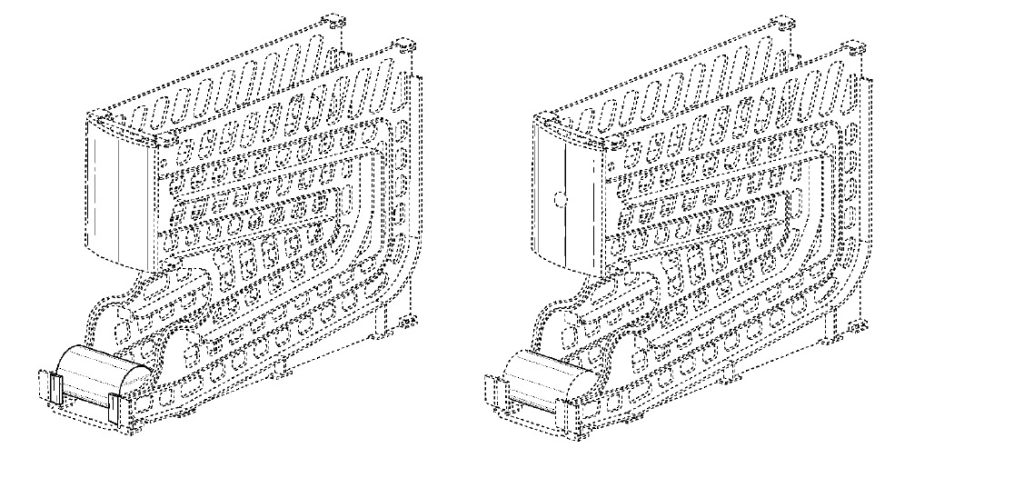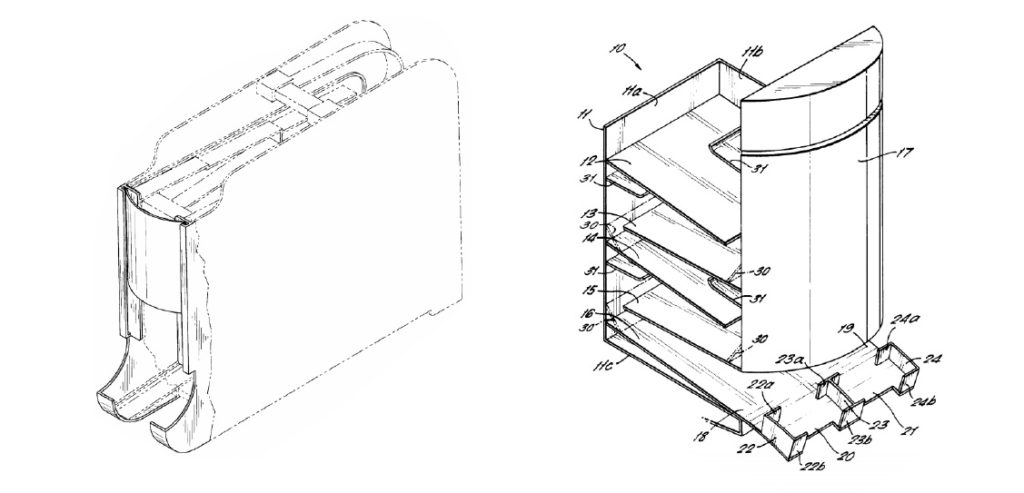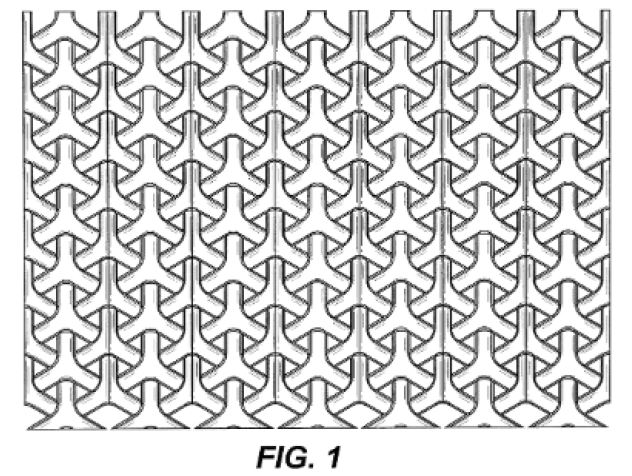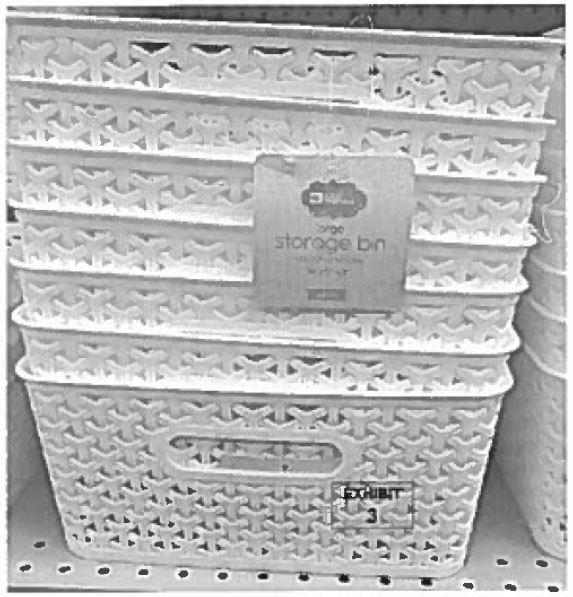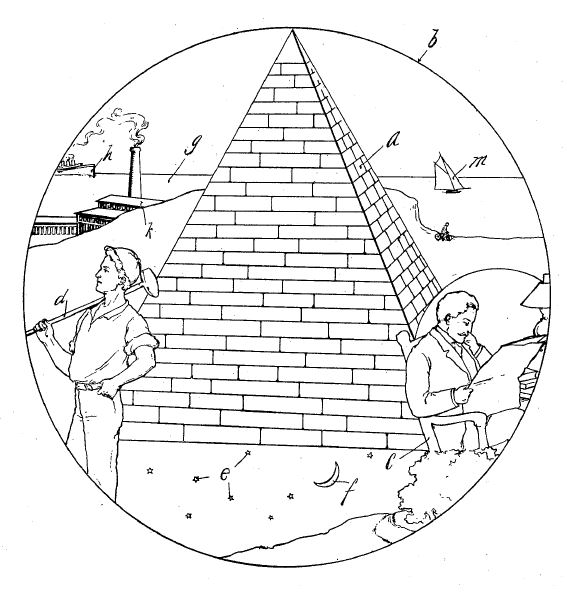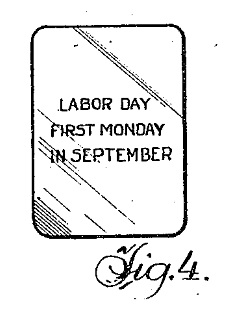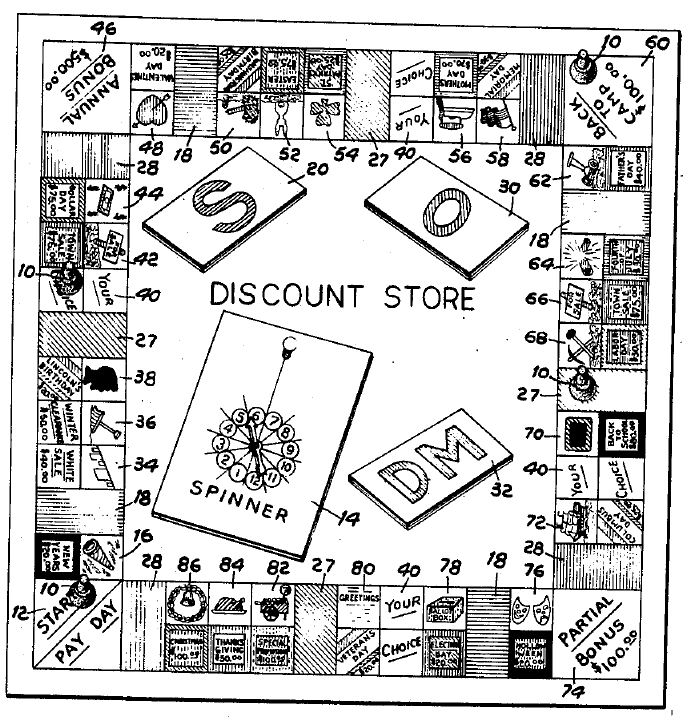In Honeywell International Inc. v. Arkema Inc., [2018-1151, 2018-1153](October 1, 2019), the Federal Circuit vacated and remanded the Board’s denial of authorization to file a motion for leave to Petition for a Certificate of Correction to correct a mistake in the chain of priority.
During prosecution of the patent, Honeywell replaced all of the pending claims in a preliminary amendment to pursue different subject matter, but inadvertently failed to make corresponding amendments to the list of priority applications. As a result of this error, the patent’s priority claims are invalid, and Arkema asserted that the patent was invalid over prior art, including work by Honeywell’s own inventors, and further that the patent was subject to Post Grant Review (which only applies to post-AIA patents).
Honeywell did not immediately realize its priority change mistake, and filed a preliminary response that the patent was not subject to PGR proceedings, arguing that the patent was entitled to priority of at least as early as 2004. The PTAB instituted two Post Grant Reviews, and while preparing its Patent Owner Response, Honeywell discovered the error in its priority claim, and requested permission to file a motion for leave to request a Certificate of Correction from the Director of the PTO (“Director”) that would amend the priority chain, explaining that its proposed correction would include additional Honeywell patent applications in the priority chain that would provide written description support for the subject matter eventually claimed.
The Board denied Honeywell’s request because there was a failure to show that the requirements of 35 USC §255 had been met, and the error was not a typographical or clerical error. The proceedings continued, with the Board issuing a combined Written Decision finding claims 1-20 were invalid.
Under the Administrative Procedure Act, the courts hold unlawful and set aside agency action, findings, and conclusions that it finds are arbitrary, capricious, an abuse of discretion, or otherwise not in accordance with law. 5 U.S.C. § 706(2)(A). An abuse of discretion occurs when a decision: (1) is clearly unreasonable, arbitrary, or fanciful; (2) is based on an erroneous conclusion of law; (3) rests on clearly erroneous fact findings; or (4) involves a record that contains no evidence on which the Board could rationally base its decision.
The Federal Circuit found that the Board abused its discretion by assuming the authority that 35 U.S.C. § 255 expressly delegates to the Director: to determine when a Certificate of Correction is appropriate. Section 255 does not grant the Board authority to determine whether a mistake in an issued patent is of “minor character” or “occurred in good faith.” 35 U.S.C. § 255. That authority is expressly granted to the Director. The Director has not delegated its Section 255 authority to the Board, but has instead promulgated procedures by which patentees may seek the Board’s leave to petition the Director for a Certificate of Correction.
The Federal Circuit noted that a patent owner subject to a post-issuance review proceeding must take three steps in order to file a petition for a Certificate of Correction: (1) seek authorization from the Board to file a motion, 37 C.F.R. § 42.20(b); (2) if authorization is granted, file a motion with the Board, asking the Board to cede its exclusive jurisdiction so that the patentee can seek a Certificate of Correction from the Director, 37 C.F.R. § 1.323; MPEP § 1485; and (3) if the motion is granted, petition the Director for a Certificate of Correction under 35 U.S.C. § 255.
The Federal Circuit noted that the Board did not review Honeywell’s motion for leave to seek a Certificate of Correction from the Director to determine if Honeywell had demonstrated a “sufficient basis” that the mistake “may” be correctable. Instead, the Board prohibited Honeywell from even filing a motion for leave. The Board refused to authorize Honeywell to file a motion for leave because there has been a failure to show that the requirements of 255 have been met. By requiring that Honeywell show that the requirements of 255 have been met before authorizing Honeywell to file a motion for leave to seek a Certificate of Correction from the Director, the Board abused its discretion. The Board further abused its discretion by assuming the authority that § 255 delegates to the Director and deciding the merits of Honeywell’s petition for a Certificate of Correction.
The Federal Circuit vacated the Final Written Decisions, and remanded, directing the Board to authorize Honeywell to file a motion seeking leave to petition the Director for a Certificate of Correction, and review Honeywell’s motion for leave in accordance with 37 C.F.R. § 1.323 and MPEP § 1485, including to evaluate whether prejudice to Arkema requires accommodation.

